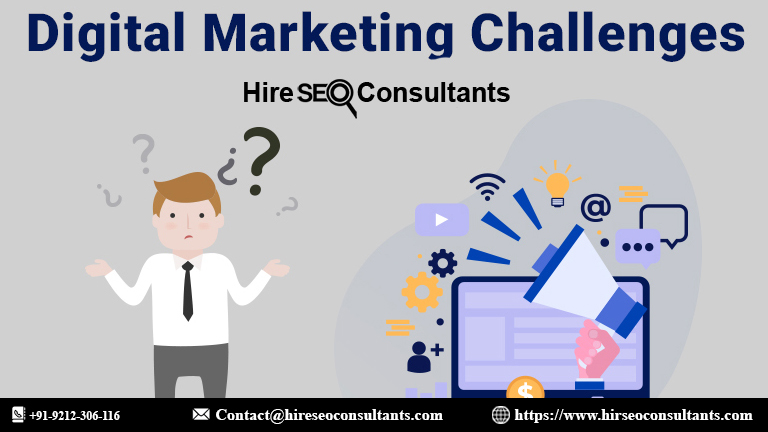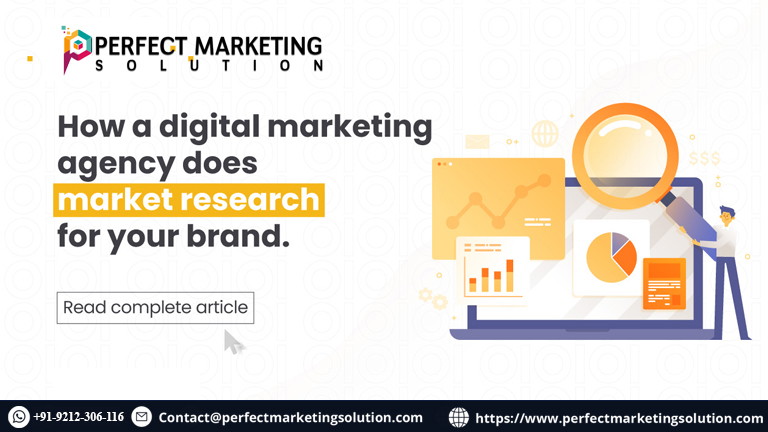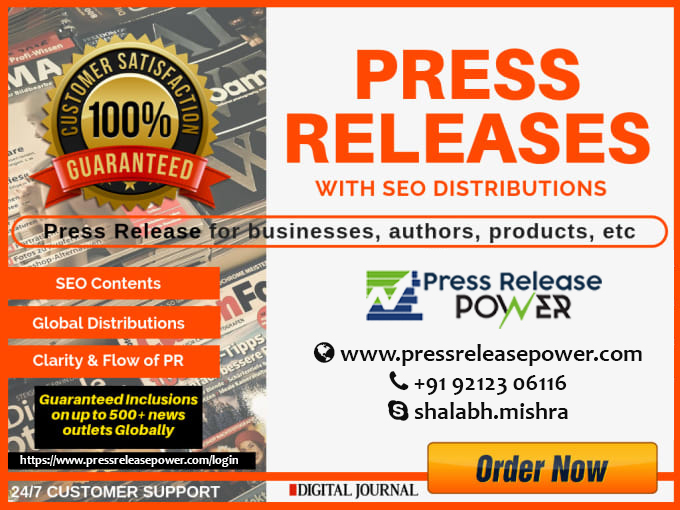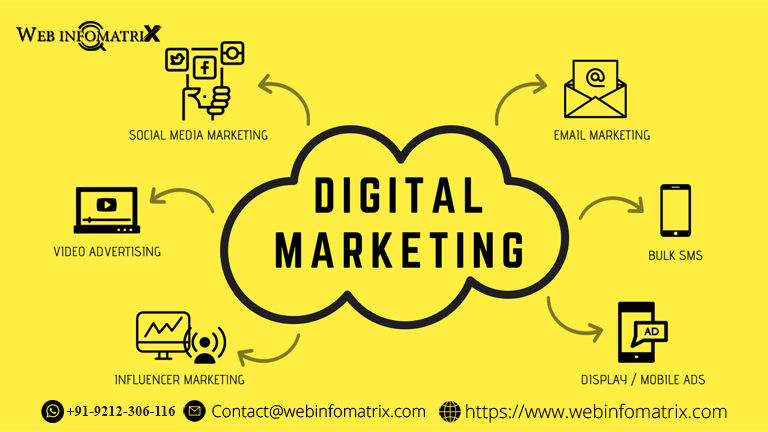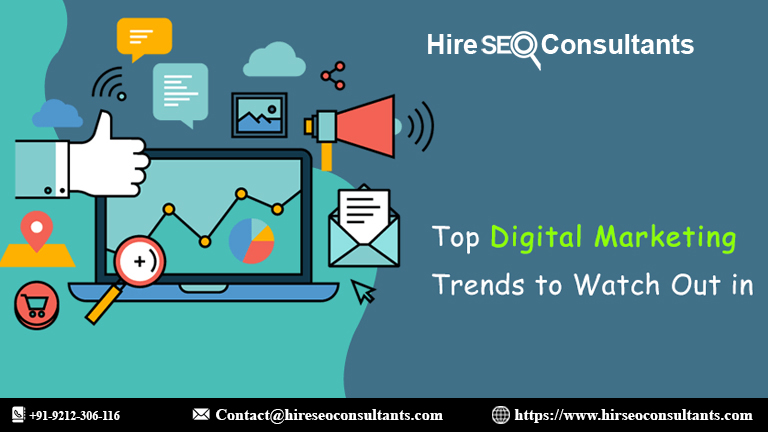Common SaaS SEO Mistakes and How to Avoid Them
Discover the most common SaaS SEO mistakes that hinder growth and learn how to avoid them. Improve your SaaS website's ranking with these expert SEO tips and strategies.
In the rapidly evolving world of SaaS (Software as a Service), having a strong online presence is critical for growth and success. SaaS companies rely heavily on digital marketing, particularly SEO (Search Engine Optimization), to gain visibility, attract potential customers, and ultimately drive conversions. However, many SaaS businesses often fall into common SEO pitfalls that can hinder their growth.
In this comprehensive blog, we’ll delve into the most common SaaS SEO mistakes, why they occur, and how you can avoid them to improve your rankings, increase traffic, and boost your business.
1. Ignoring Keyword Research
One of the biggest mistakes SaaS companies make is neglecting thorough keyword research. Keywords are the foundation of any successful SEO strategy, and understanding which terms your target audience is searching for is critical. Many SaaS businesses either focus on irrelevant or overly competitive keywords, which results in low traffic and wasted resources.
Solution
Invest time in comprehensive keyword research using tools like Google Keyword Planner, Ahrefs, or SEMrush. Focus on finding long-tail keywords and phrases that align with your SaaS product and its target users. Long-tail keywords are less competitive and often have higher conversion rates because they are more specific to users' needs.
Example Instead of targeting the keyword “project management software,” which is highly competitive, try more specific terms like “cloud-based project management tool for small businesses.”
2. Overlooking On-Page SEO
On-page SEO refers to optimizing individual web pages to rank higher and earn more relevant traffic. SaaS companies frequently overlook critical on-page elements such as title tags, meta descriptions, header tags, image alt text, and internal linking. Ignoring these factors can lead to missed opportunities for ranking and improved user experience.
Solution
- Title Tags Ensure your title tags are clear, include relevant keywords, and are under 60 characters to avoid being cut off in search results.
- Meta Descriptions Write compelling and concise meta descriptions (around 155-160 characters) that include the primary keyword and encourage users to click through.
- Header Tags Use H1, H2, and H3 tags to structure your content logically. This not only helps search engines understand the content hierarchy but also improves user readability.
- Image Alt Text Always include descriptive alt text for images. This helps with accessibility and allows search engines to better index your content.
3. Focusing Only on Product Pages
SaaS companies often make the mistake of focusing all their SEO efforts on product pages, expecting them to rank highly on their own. While product pages are essential, they’re typically not enough to capture a wide range of search queries, especially those related to the problem-solving phase of the buyer’s journey.
Solution
Create a blog or resources section where you can publish educational and informative content. This type of content helps build topical authority and addresses the various questions your potential customers might have at different stages of the funnel. For example, write articles that explain industry trends, product use cases, or tutorials that relate to your software.
Example Instead of only having a product page for your CRM software, create blog posts like “How to Improve Customer Retention Using a CRM” or “Top 5 Features Every CRM Should Have.”
4. Neglecting Content Marketing
Content marketing is a crucial part of SaaS SEO, yet many businesses either don’t prioritize it or produce low-quality, inconsistent content. Failing to implement a solid content marketing strategy means missing out on valuable traffic, backlinks, and brand authority.
Solution
Develop a consistent content marketing plan that focuses on quality over quantity. Create informative blog posts, case studies, how-to guides, whitepapers, and even videos that provide real value to your target audience. Make sure your content addresses your customers' pain points, answers their questions, and offers actionable solutions.
Example A SaaS company offering an accounting tool could write a comprehensive guide on “How to Streamline Small Business Finances with Automation.”
5. Not Targeting the Right Audience
Another common mistake is creating content or targeting keywords that are too broad or unrelated to your core audience. As a result, SaaS companies may attract traffic that doesn’t convert because they’re reaching users who aren’t genuinely interested in their solution.
Solution
Understand your buyer personas and tailor your SEO strategy to meet their specific needs. Create content that speaks to your audience’s pain points, and use language and keywords they would use when searching for solutions. This will help you attract qualified leads who are more likely to convert.
Example If your SaaS platform is aimed at eCommerce businesses, your content should focus on eCommerce-related topics rather than generic business software content.
6. Lack of Focus on User Intent
User intent refers to the purpose behind a search query. Many SaaS companies fail to align their content and keywords with user intent, leading to high bounce rates and low conversions. It’s essential to consider what users are looking for when they perform a search and create content that addresses that need.
Solution
Classify user intent into four categories informational, navigational, transactional, and commercial investigation. Tailor your content and keyword strategies to these categories.
- Informational Intent Users are looking for information. Create how-to guides, tutorials, and blog posts.
- Navigational Intent Users want to visit a specific website. Ensure your brand and product pages are easy to find.
- Transactional Intent Users are ready to make a purchase. Optimize your product pages with clear calls to action and relevant keywords.
- Commercial Investigation Users are comparing options. Provide comparison articles, case studies, and detailed product descriptions.
7. Ignoring Technical SEO
Technical SEO refers to optimizing the infrastructure of your website so that search engines can crawl and index your pages efficiently. Many SaaS companies ignore this aspect, leading to poor rankings even if they have great content.
Solution
- Site Speed Ensure your site loads quickly. Google favors faster websites, and users are more likely to leave if your pages take too long to load.
- Mobile-Friendliness With more searches happening on mobile devices, it’s essential that your website is fully responsive and optimized for mobile users.
- XML Sitemap Create and submit an XML sitemap to help search engines understand the structure of your site.
- Robots.txt Ensure that your robots.txt file isn’t blocking important pages from being indexed.
- HTTPS Secure your website with HTTPS to build trust with users and meet Google’s security standards.
8. Underestimating the Power of Backlinks
Backlinks (links from other websites to yours) are one of the most important factors in SEO ranking. Many SaaS companies either overlook the importance of acquiring backlinks or use spammy techniques that result in penalties.
Solution
Focus on building high-quality backlinks from authoritative websites in your niche. Guest blogging, influencer outreach, and creating shareable content such as infographics or research reports can help you earn valuable backlinks. Avoid black-hat tactics like buying links, which can lead to penalties from Google.
9. Failing to Optimize for Local SEO
Many SaaS businesses don’t realize that local SEO can still be beneficial even if their product is available globally. Optimizing for local SEO helps you rank for location-specific searches, which can be particularly useful if you’re targeting specific geographic markets or offering regional services.
Solution
Create local landing pages if you serve different regions and include relevant keywords, business information, and local content. Make sure to claim and optimize your Google My Business listing, as this will help you rank in local searches.
Example If your SaaS product is particularly popular in certain regions, create localized content like “Best CRM Software for Small Businesses in New York.”
10. Neglecting Conversion Rate Optimization (CRO)
SEO is important for driving traffic, but that traffic needs to convert into leads or customers for your efforts to pay off. Many SaaS companies focus heavily on traffic acquisition without optimizing their site for conversions, leading to high bounce rates and missed opportunities.
Solution
Implement conversion rate optimization (CRO) techniques alongside your SEO efforts. This includes using clear and compelling calls to action, simplifying the sign-up process, and offering free trials or demos. A/B test different elements of your landing pages to see what works best in converting visitors into customers.
Example Add a prominent call to action like “Start Free Trial” on your landing pages and ensure the sign-up form is short and easy to complete.
11. Not Measuring SEO Performance
Failing to measure the performance of your SEO efforts is a critical mistake that can prevent you from making data-driven decisions. Without tracking key metrics, you won’t know whether your strategy is working or where improvements are needed.
Solution
Use tools like Google Analytics, Google Search Console, and SEO platforms like Ahrefs or SEMrush to track your website’s performance. Monitor key metrics such as organic traffic, bounce rate, keyword rankings, and conversion rates. Regularly review this data and adjust your strategy as needed.
12. Overlooking the Importance of User Experience (UX)
User experience (UX) is closely tied to SEO. Google prioritizes websites that offer a great user experience, meaning your site’s design, navigation, and functionality are crucial for SEO success. SaaS companies often focus too much on technical SEO and forget to optimize for the end user.
Solution
Ensure your website is easy to navigate, visually appealing, and offers a seamless experience on both desktop and mobile. Use clear navigation menus, concise copy, and visually engaging elements to keep users engaged. Also, consider implementing a chatbot or live chat feature to help guide users through the website.
Avoiding these common SaaS SEO mistakes is essential for improving your website’s visibility, driving more qualified traffic, and ultimately increasing conversions. By
FAQs:
-
What are common SEO mistakes in SaaS businesses?
Common SEO mistakes in SaaS include poor keyword targeting, ignoring user intent, slow website speed, and lack of quality content. -
How can SaaS companies improve their SEO strategy?
SaaS companies can improve SEO by optimizing for relevant keywords, focusing on user experience, improving page load speed, and creating valuable content. -
Why is keyword research important for SaaS SEO?
Keyword research helps SaaS companies target the right audience and drive organic traffic by using terms potential customers are searching for. -
What role does content marketing play in SaaS SEO?
Content marketing plays a crucial role in SaaS SEO by providing valuable information that attracts users and improves search rankings. -
How does website speed affect SEO for SaaS businesses?
Slow website speeds can lead to poor user experience, higher bounce rates, and lower search rankings, negatively impacting SEO performance. -
What is the importance of mobile optimization for SaaS SEO?
With a growing number of mobile users, optimizing a SaaS website for mobile devices is essential to improving user experience and search rankings. -
Can poor link-building harm a SaaS SEO strategy?
Yes, poor link-building practices, such as acquiring low-quality or spammy backlinks, can harm your SEO and result in penalties from search engines. -
How does user intent impact SaaS SEO success?
Understanding user intent helps SaaS companies create content that aligns with what potential customers are searching for, improving SEO results. -
What is the impact of duplicate content on SaaS SEO?
Duplicate content can confuse search engines and lead to lower rankings. It's essential to provide unique, high-quality content to improve SEO. -
How can SaaS companies track their SEO performance?
SaaS companies can track SEO performance using tools like Google Analytics, Ahrefs, or SEMrush to monitor keyword rankings, traffic, and conversion rates.
Get in Touch
Website – https://www.webinfomatrix.com
Mobile - +91 9212306116
Whatsapp – https://call.whatsapp.com/voice/9rqVJyqSNMhpdFkKPZGYKj
Skype – shalabh.mishra
Telegram – shalabhmishra
Email - info@webinfomatrix.com
What's Your Reaction?








